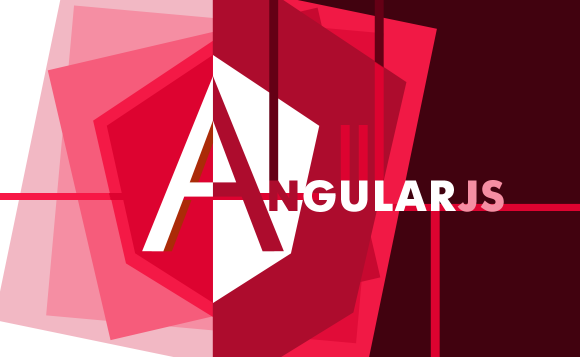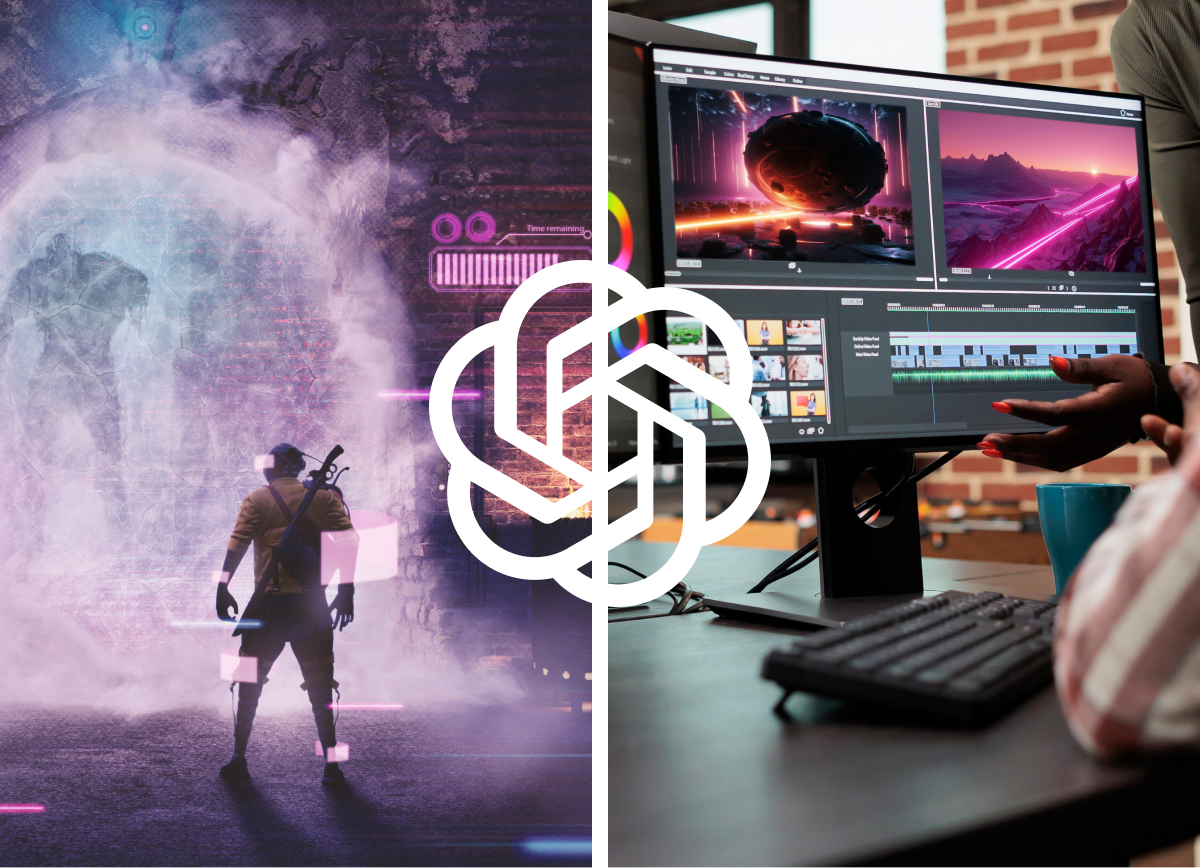
Everyone in the tech world will agree that JavaScript is one of the biggest game changers when it comes to the development community. This small, lightweight, object-oriented scripting language has proved just how essential it is for the proper functioning of mobile and web apps alike. Offering connections to objects within the environments that it is used, along with a standard library and a set of language elements such as control structures, statements, and operators, JS provides both client-side and server-side extensions. These extensions are what make interactions between different web and app components possible. It is also not as static as similarly developed languages such as Java and is reasonably free-form compared to other programming languages (it is not strict on matters to do with private, public or protected methods or declaration of variables or classes, etc.)
It is evident that we have enough to be grateful for when it comes to JavaScript. However, Google has gone further to develop a JavaScript framework which offers even more dynamic web application development. This framework is Angular JS. Among the many benefits of Angular is the transformation of static HTML to dynamic, which is possible through the addition of built-in attributes as well as the provision of creating new ones using JavaScript. Coders have made proper use of Angular JS, and these apps are proof of just how efficient it has become in the developers’ world.
WEATHER.COM
The web-based application is designed to provide accurate weather reports and forecasts. This application is available for both pcs and mobile devices. It is one of the most popular weather apps in the world, providing up to 90% correct weather predictions across the globe. It uses Angular to define its different web components and give the user more detailed view and navigation of its user interface.
FREELANCER.COM
This web application is among the most preferred freelance portals in the world today. It works by providing an employer and employee interface, where employers post work to be done, and employees can apply for these jobs and negotiate on terms with the employer. It also provides payment options as well as return policies, or termination of contracts in case employers are not satisfied with the results. Angular enables Freelancer.com to configure different elements so that they can be employer or employee-specific.
NETFLIX
Ask any 20-year-old or younger (or older) person, and they will tell you all about Netflix. It has risen to become one of the most popular video streaming applications, both web, and mobile. It provides the latest movies and TV series on request in addition to its component. More than that, it includes DVD delivery for those with no internet connections at home at their doorstep. Netflix uses Angular to constitute animation and different themes to each of its streaming options so that it always has a modern feel and a dynamic user interface to fit different user needs and preferences.
UPWORK
The web application is arguably the most popular freelance portals available today. UPWORK provides online job opportunities for people across the globe. It works through the provision of employer and employee interfaces, with the addition of interviews and online tests to ensure that employees are in fact qualified for the jobs which they apply. It is built with a stylish, green and white user interface which uses Angular to enforce dynamic loading of classes and other attributes when they are needed.
THE GUARDIAN
The Guardian is one of the most popular design and publishing domains worldwide. It provides the latest news on significant technological advancements, political news, and sports worldwide. It sponsors a plethora of awards while earning some of its own. The Guardian uses Angular to run its web-based application.
PAYPAL
PayPal is the world’s leading online payment companies. It has a dynamic build for both web and mobile applications, using a seamless white and blue user interface which covers different user needs across the globe. PayPal uses Angular to generate classes and dynamic HTML components which enable secure monetary transactions through the Internet.
POSSE.COM
Do you wish to go somewhere? Or do you need company? Well, not to worry because posse.com gives you a chance to interact with people who are on the same destination as you. It also gives you an opportunity to explore the different available areas to visit on your journey and destination. Posse.com uses Angular to provide dynamic views of regions and profiles so that it does not have to load unnecessary data to its clients.
MEALSHAKER.COM
It can be quite the dilemma deciding where to eat, and MealShaker knows this all too well. This is why they are specialized in giving appropriate meal destinations for that first date, quick drive-by or celebrations. It is well equipped with hotel information including graphics display and extensive descriptions which will make it easy for you to select a destination. Angular enables MealShaker to create different classes dynamically so that they are available to clients on request, therefore giving it a more robust and navigable interface.
YOUTUBE FOR PLAYSTATION 3
When YouTube decided to incorporate its video streaming services on the PS3, Angular was the platform which they chose to use so that the HTML data used would be utilized efficiently. They applied dynamic coding through Angular to implement its user interface. The decision was a wise one, too, because it allowed streaming of videos on the PS3 seamlessly without compromising the quality or speed.



